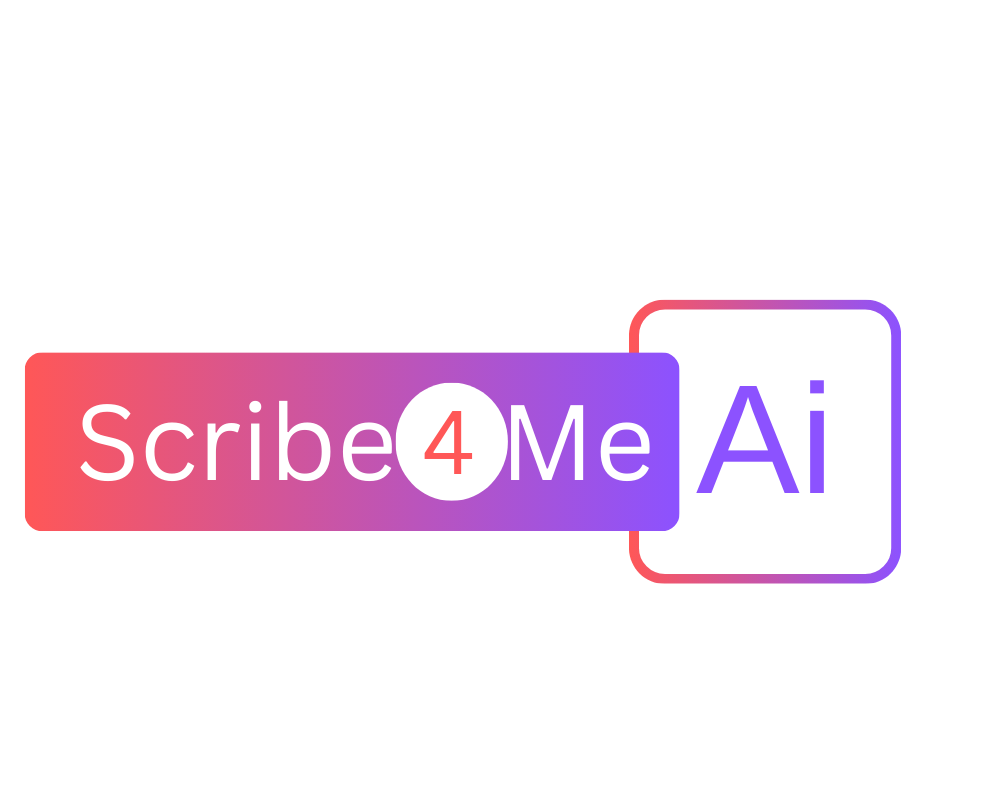

5 Things About Digital Scribes Every Physician Should Know
Physician burnout is on the rise, often driven by the overwhelming administrative demands placed on providers. To address this issue, technologies like ASR and NLP offer a promising solution for automating clinical documentation with the help of a “digital scribe.” This AI-driven digital scribe not only assists with note-taking, but also significantly reduces the documentation burden on physicians leading to improved efficiency and better patient experiences. In this blog post we will discuss the five essential things you should know about digital scribes including their functionality, benefits, potential challenges, privacy considerations, and the importance of obtaining patient consent before implementation.
Digital Scribes Mimicking Human Scribes
Digital scribes work by capturing spoken dialogue during clinical encounters. They transcribe conversations and generate clinical notes, which physicians can then review, edit, and sign into the electronic health records. This process aims to streamline documentation and reduce administrative burden, allowing physicians to focus more on patient interaction instead of documenting the encounter.
Benefits Of Digital Scribes
Studies indicate that AI scribes can significantly reduce the administrative burden on physicians. For example, a pilot program conducted over ten weeks in California revealed that primary care providers spent less time documenting during appointments and using EHRs outside of office hours. This time-saving allows physicians to dedicate more attention to their patients. Additionally, patients expressed comfort with the presence of AI scribes. Many reported that physicians looked less at their computer screens during visits, which enhanced the overall patient experience. Moreover, AI scribes have the potential to improve the quality of medical documentation by generating timely and comprehensive notes.
Challenges Of Digital Scribes
While digital scribes offer numerous advantages, there are challenges and limitations to be aware of. For instance, AI-generated clinical documentation may at times contain errors, including inaccuracies and omissions of critical information. Physicians must keep in mind that these tools may struggle with different languages or fail to document physical examinations accurately. Consequently, as physicians are accountable for the quality of their documentation, they must review all AI-generated notes carefully to ensure their accuracy and completeness.
Privacy Considerations
The use of AI scribes is largely unregulated and may lead to important privacy concerns. Hence, it is the responsibility of the physician or their institution to understand clearly the privacy implications and potential risks to patients, as well as to ensure the software functions as intended. Physicians should also get to know how clinical information is captured, stored, and accessed. It is crucial for physicians to ensure that the software they use complies with local privacy regulations. Data stored outside of certain jurisdictions may be subject to foreign laws, which could impact patient confidentiality.
Obtaining Consent For Use Of Digital Scribes
Before using digital scribes, physicians are required to obtain informed consent from their patients. This means physicians must clearly explain the reasons for using the AI scribe, the potential risks involved, such as privacy implications, how long the collected health data will be retained and whether it will be used for further training of the AI or not. Proper documentation of this consent is the key to upholding ethical practices.
Conclusion
Digital scribe technology has the potential to transform the way clinical documentation is handled, helping physicians save time and improve the quality of patient care. However, as these technologies are still largely unregulated, it is crucial that physicians remain vigilant about privacy concerns and data security. They must take the initiative to understand how AI-driven scribes manage patient information, ensure compliance with local regulations, and address any potential risks to confidentiality. By prioritizing these considerations, physicians can make the most of AI scribes while keeping their patient’s safety and trust intact.
To enhance your practice with AI-powered scribes that prioritize patient safety, hire Scribe4me.Ai’s digital scribe today! Scribe4Me.Ai adheres to HIPAA compliance standards, ensuring safety and security while streamlining your documentation process. They can also precisely interpret clinical context and generate accurate notes. What more do you need? Get started with your free trial today and see for yourself!


